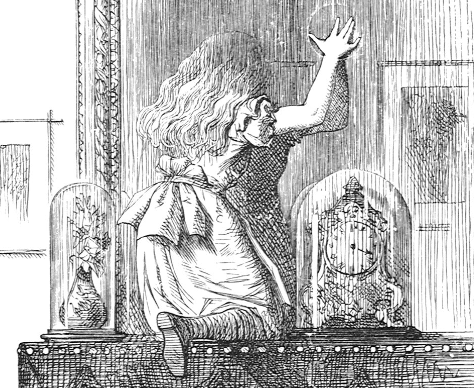John Tenniel’s illustrations in “Alice’s Adventures in Wonderland” are not just visual additions; they are integral to the storytelling experience. They capture the whimsy, absurdity, and depth of Lewis Carroll’s narrative, enriching readers’ understanding of the characters and themes. Exploring these illustrations offers insight into the artistic choices that have made this classic tale timeless.
Artistic Style and Technique
Tenniel’s illustrations are characterized by their intricate detail and unique style, blending a whimsical yet dark aesthetic that perfectly complements the narrative. His use of line and shading creates depth and dimension, bringing the surreal world of Wonderland to life. Each drawing conveys emotion and movement, allowing readers to engage with the characters on a deeper level. Tenniel’s ability to illustrate both the fantastical and the frightening aspects of Wonderland highlights the duality present in Carroll’s story.
Character Representation
The illustrations also play a crucial role in character representation, shaping how readers visualize iconic figures like the Cheshire Cat, the Mad Hatter, and the Queen of Hearts. Tenniel’s interpretations of these characters become definitive, influencing countless adaptations and illustrations in subsequent years. For example, the Cheshire Cat’s enigmatic grin and the Queen’s imposing presence are instilled with a sense of personality that is vital to their roles in the narrative. Through his artistry, Tenniel adds layers of meaning to each character, making them both memorable and meaningful.
Cultural Impact and Legacy
Tenniel’s work has left a lasting legacy, influencing not only illustrators but also the broader realm of fantasy art. His images continue to resonate with new generations, establishing a visual language that is immediately recognizable. The relationship between text and illustration in “Alice’s Adventures in Wonderland” showcases how visual elements can enhance and transform literary works. As a result, Tenniel’s illustrations remain an essential aspect of the book’s enduring popularity and cultural significance.
In conclusion, John Tenniel’s illustrations are a vital part of the magic that makes “Alice’s Adventures in Wonderland” a beloved classic. They invite readers to dive deeper into the whimsy and richness of Carroll’s world. To explore more about Tenniel’s contributions or the book’s lasting impact, consider reading further or viewing more of his artwork.
